


Three materials, or rather mediums, are core to John Pawson’s spaces. White. Light. Wood. Only one is a material in the traditional use of the word – it is his use of white gives it substance. In his hands, a white is not a white. It is a whole spectrum depending on tonality, surface, volume and of course, light. It is as fleeting as the daylight. It has a materiality of its own.
John’s rendition of the white wall feels removed from that of the Modernists, as much about visual purity as hygiene. Is his take about reduction, a sort of clarity of vision and senses when moving through a room? Or about subtle changes in the environment that attunes us to time and place? Creating a place to rest our eyes, our mind, his architecture allows the spirit of a space to come into view.
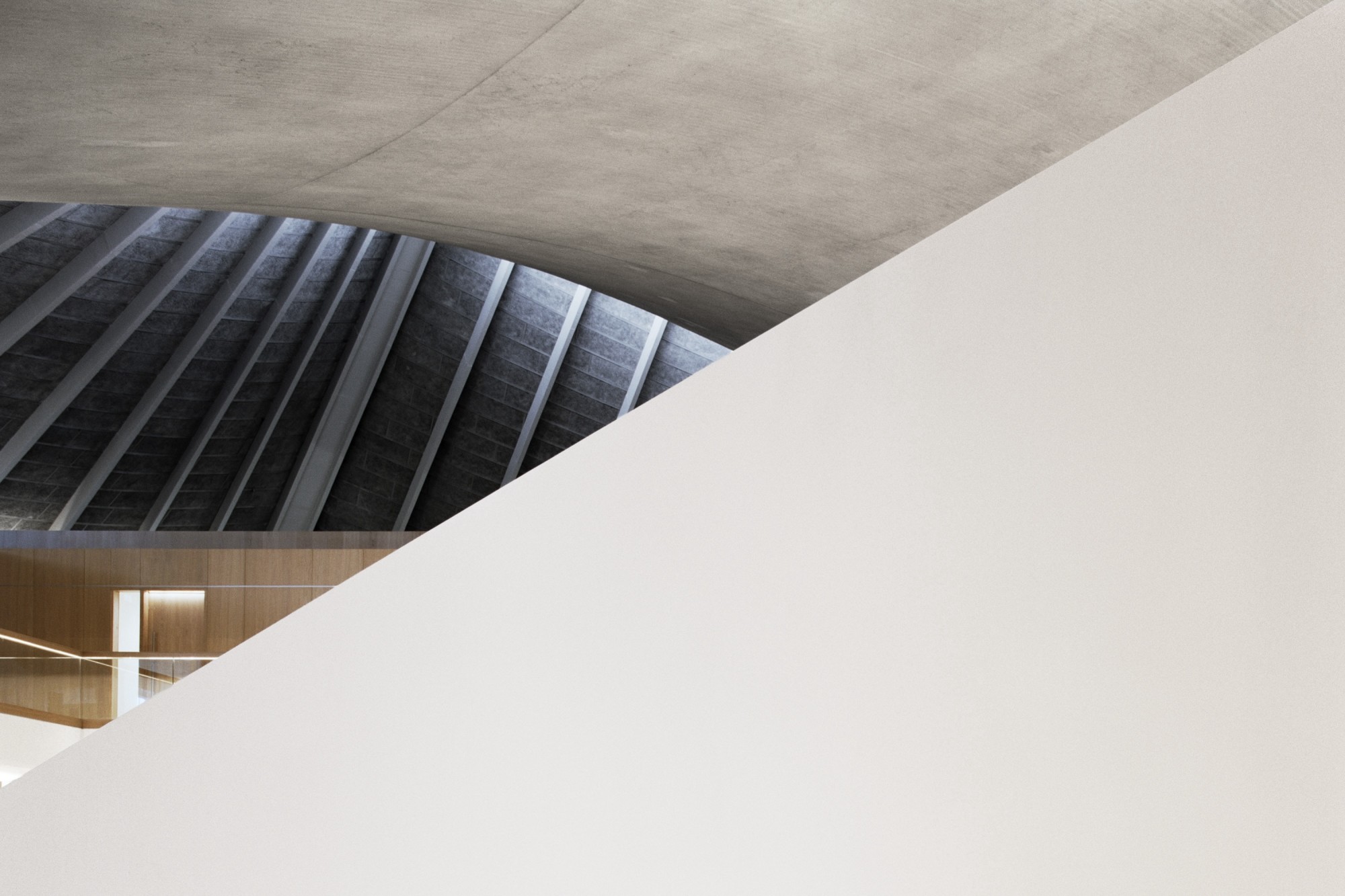

Design Museum

Design Museum
Using white as a material allows us to experience space aside from objects. An experience of light, mass, proportion, the most elemental aspects of a space and site — the seamless use of a material that Donald Judd speaks of. We focus on the substance of space, the bones.
His white is often combined with wood, a flesh to the bones. The meeting between the two balances in a matter akin to the Shakers. Using wooden materials like Douglas fir, oak and ash seamlessly throughout a space, from floor to furniture, enables us to get closer to the wood both physically and spiritually — to sense it in a different way.
In his hands, wood is allowed to make a real impact on the atmosphere of a space— rather than typically ‘humble’, it is atop the order. There are many examples of this in his work with Dinesen, from the Wooden Chapel to a recent Copenhagen apartment that uses wooden surfaces in an expansive, immersive manner. In so many ways, it brings a natural ‘disorder’ or ‘randomness’ to the serenity of a precise architectural scheme and geometry. Colour, pattern, texture, volume. The most essential element of the Dinesen / Pawson atmosphere is a quiet triggering or stimulation of the body and mind.
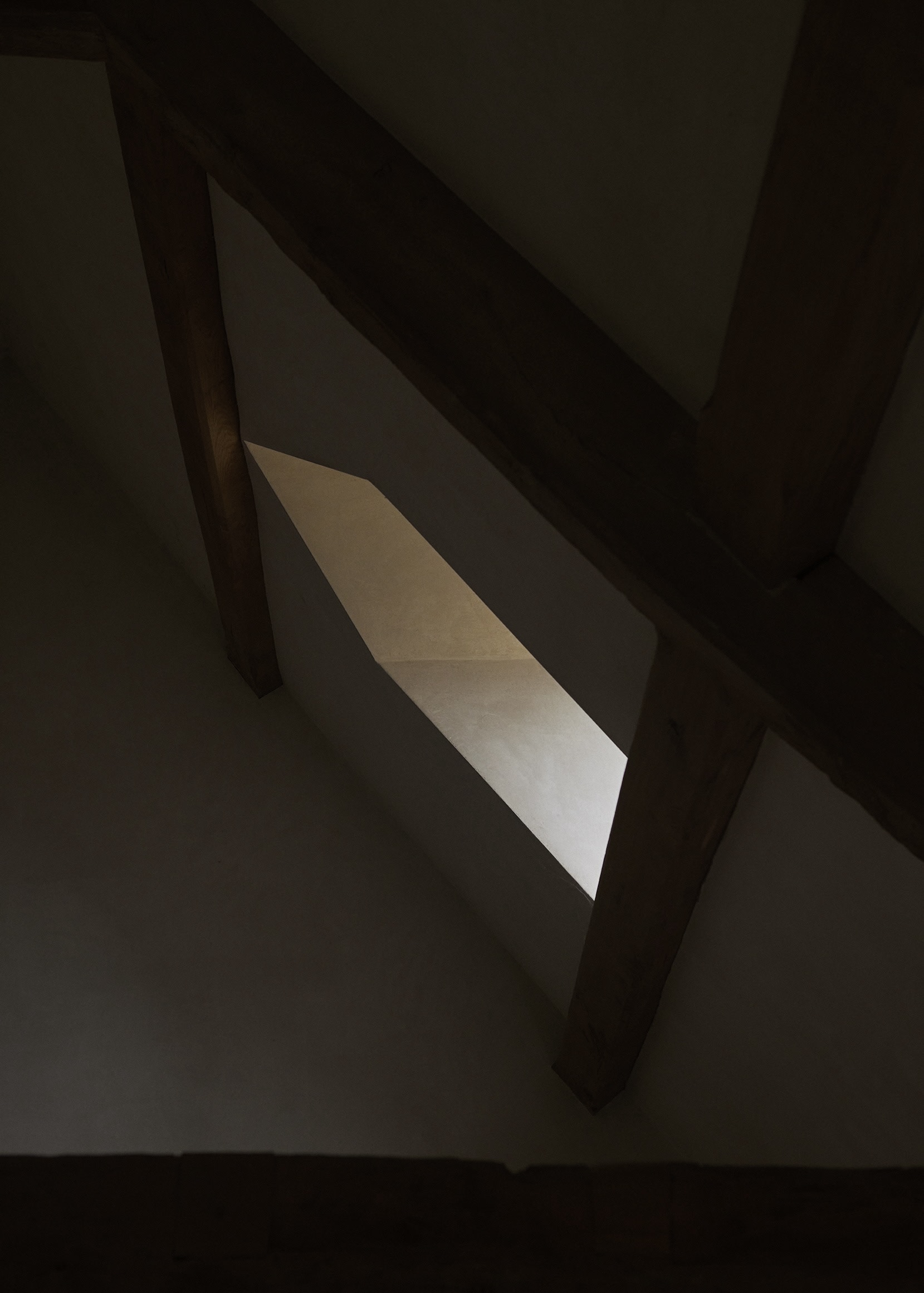
Home Farm
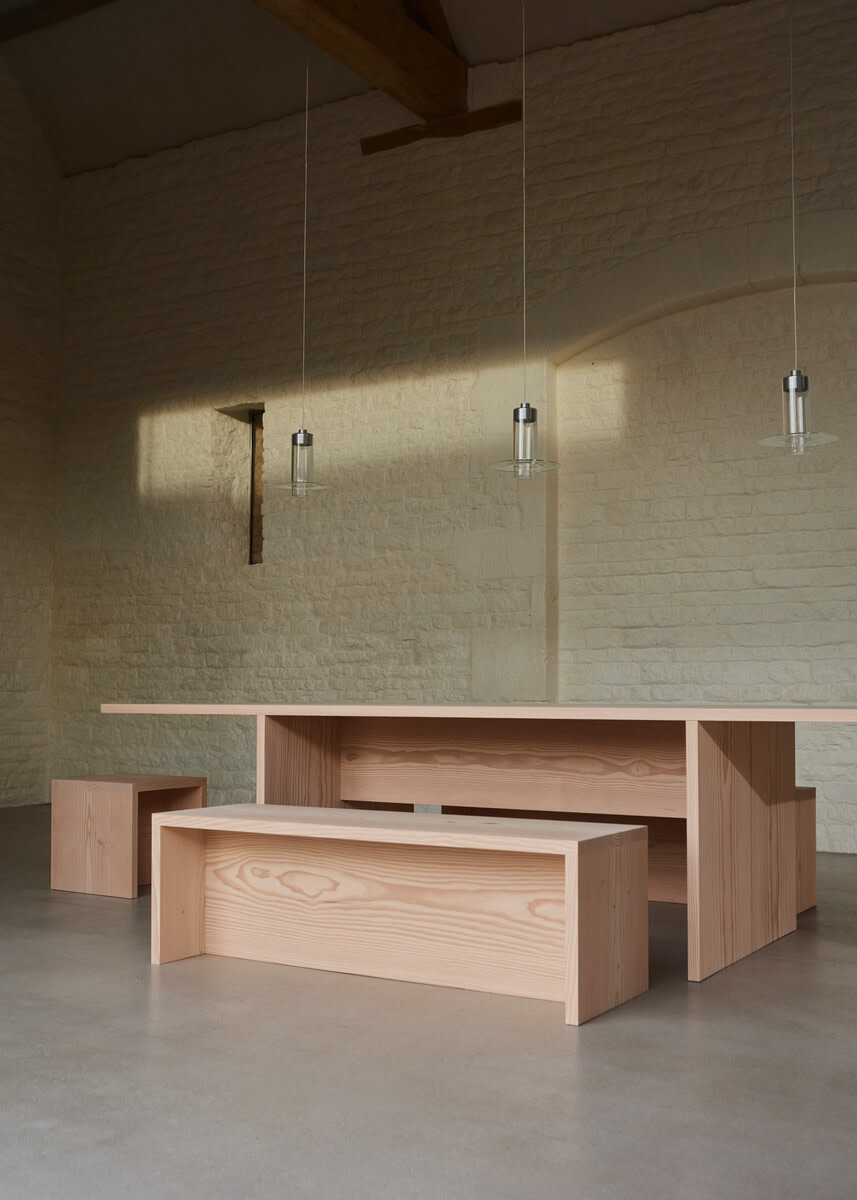
Home Farm
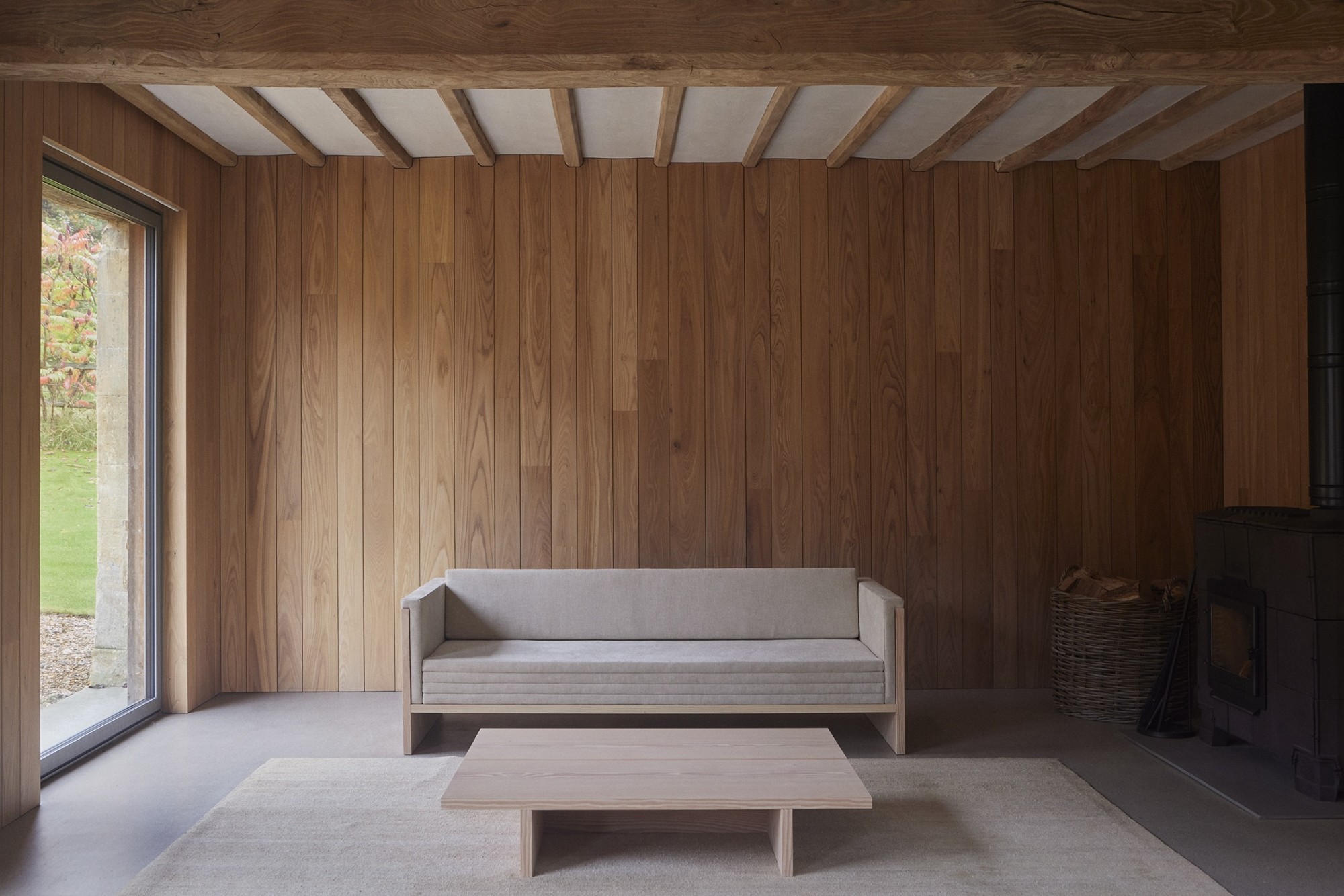
If you walk into a space and there is no atmosphere, it is not architecture. You want people to have a reaction, a physical feeling. And I think if the space is clear, people can feel, they can expand. It feels good because they have room to breathe. It is a contradiction. They need to relax but also to be stimulated.
- John Pawson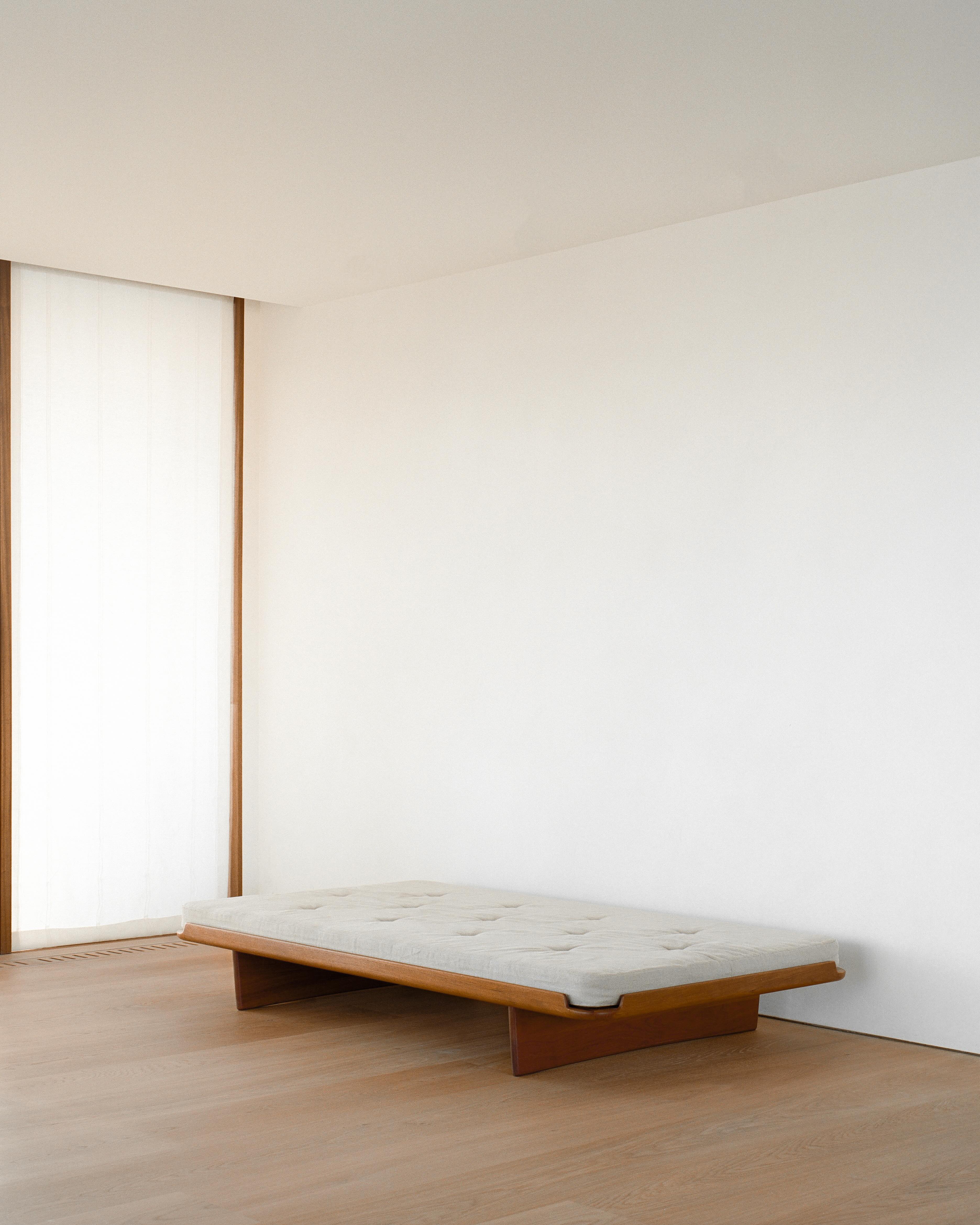
Copenhagen Apartment
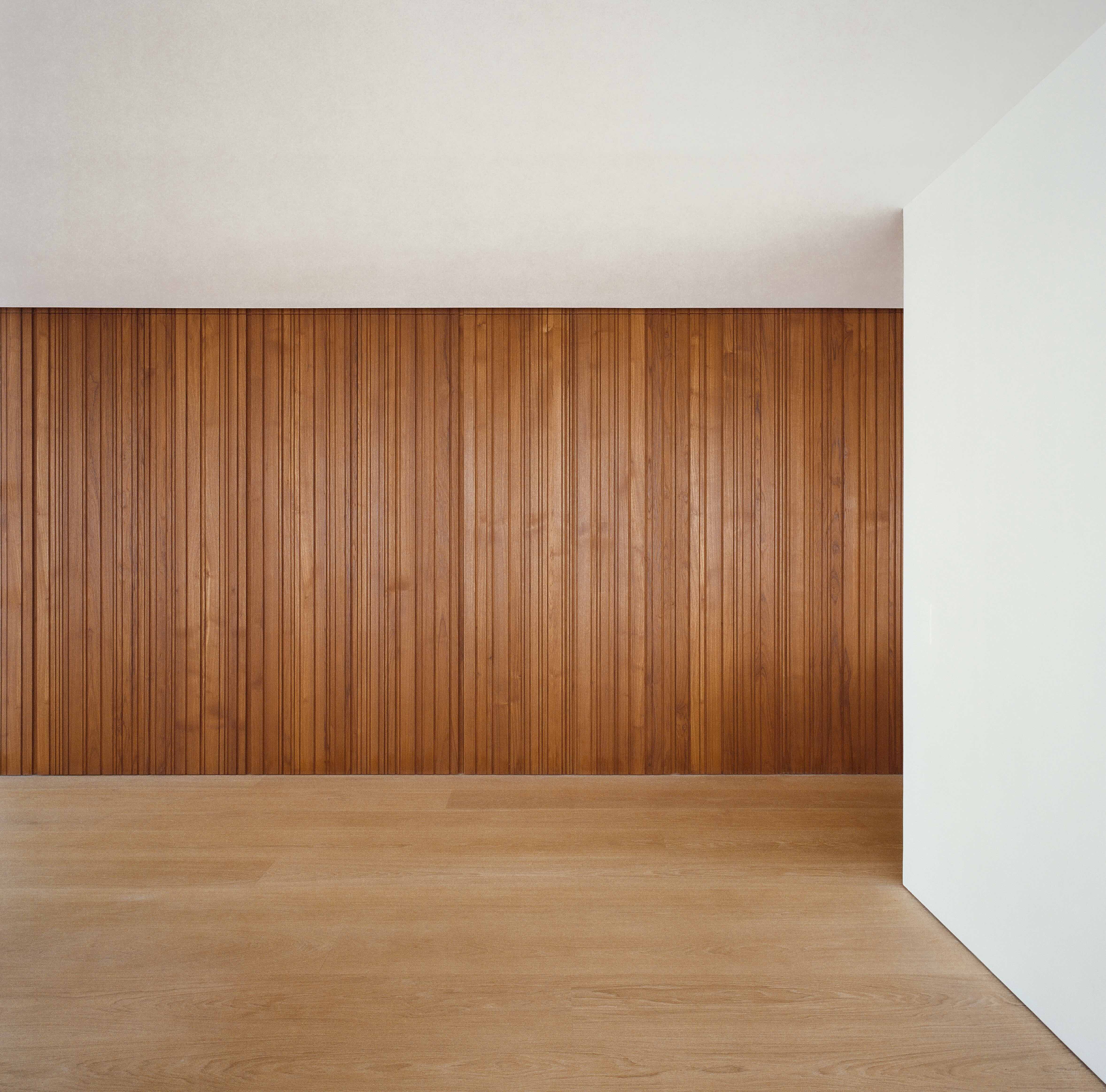
Copenhagen Apartment
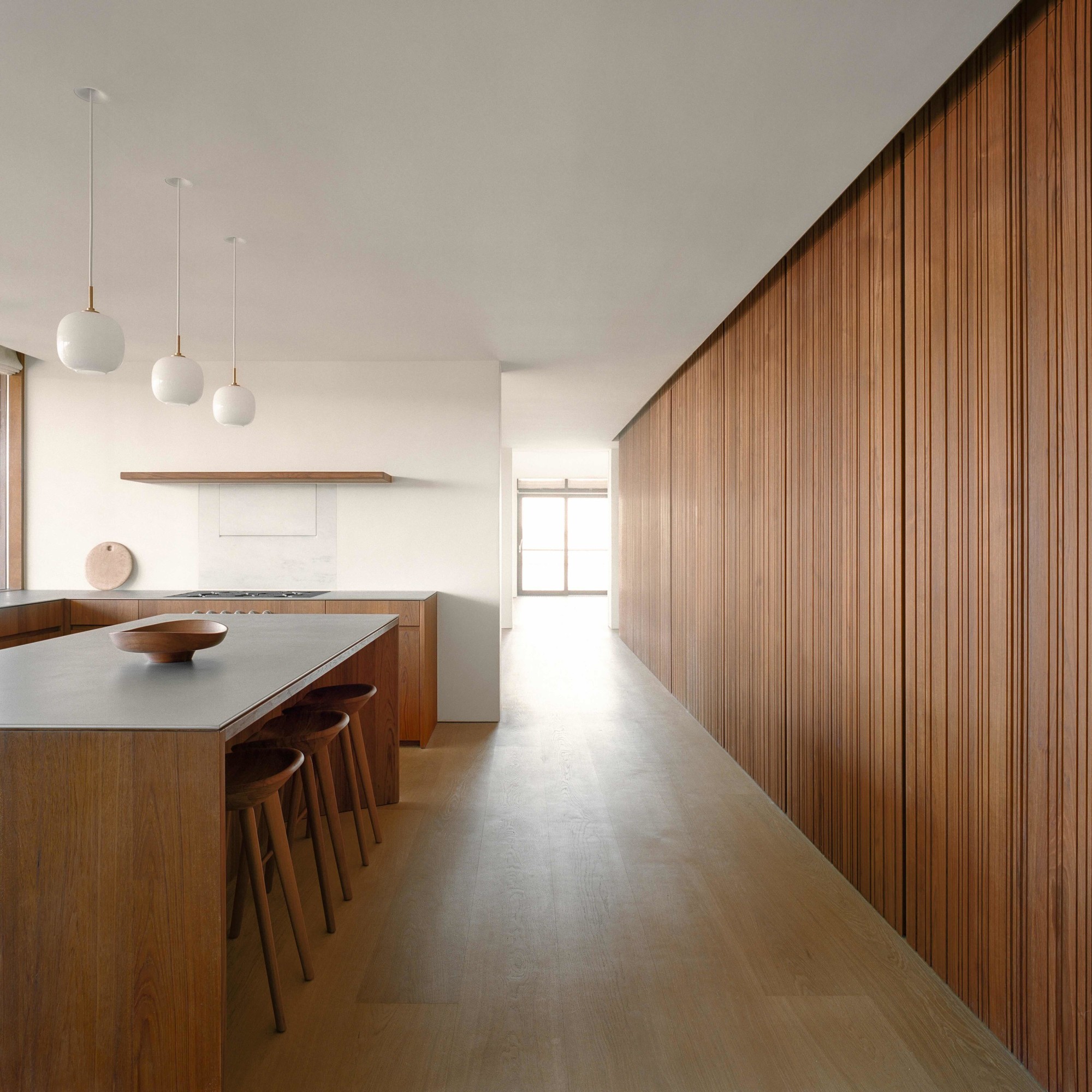
The purpose of art is not the release of a momentary ejection of adrenaline but is, rather, the gradual, lifelong construction of a state of wonder and serenity
- Glenn Gould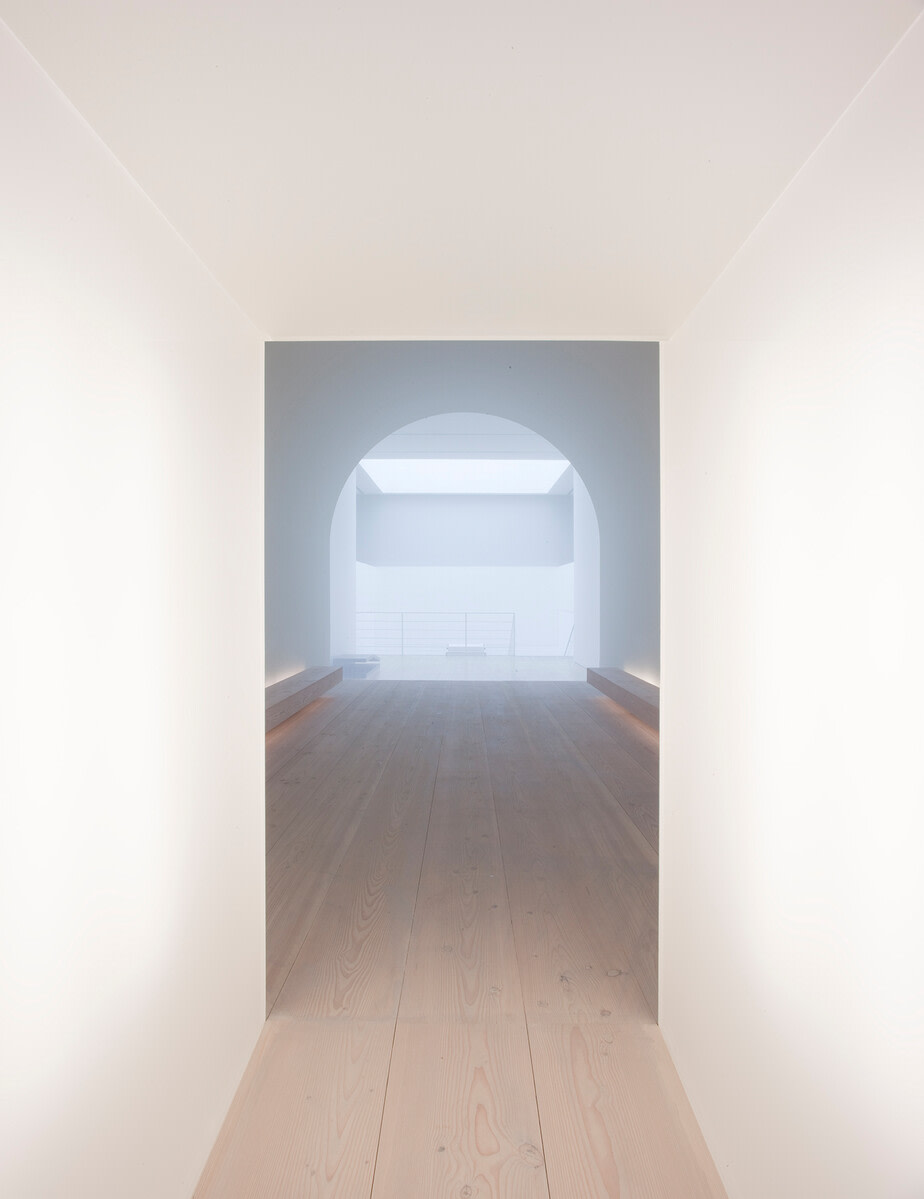
Plain Space

Plain Space
Light and shade are the loudspeakers of this architecture of truth, tranquillity and strength.
- Le Corbusier
What makes the two come to life is, of course, light. Light is the third elemental part of John’s architecture. He breathes life into his spaces using light, shadow and tonality, by observing and enhancing the natural conditions of a site. This immaterial medium is embodied through the use of white and wood, bringing greater character, depth and transformation to the space.
Pawson House would come to be the starting point of a process in which the same elements are reconfigurated in different settings to vastly diverse effect; white, light, wood. Shortly after the first PH, he turned his eye to Tilty Barn, a project that involved transforming a barn complex with structures from the 1700s and on. Using the same components he created a vastly different atmosphere in a historical framework, an example of the universal nature of the three key elements. How you wield them all depends on the site and a close reading of it.
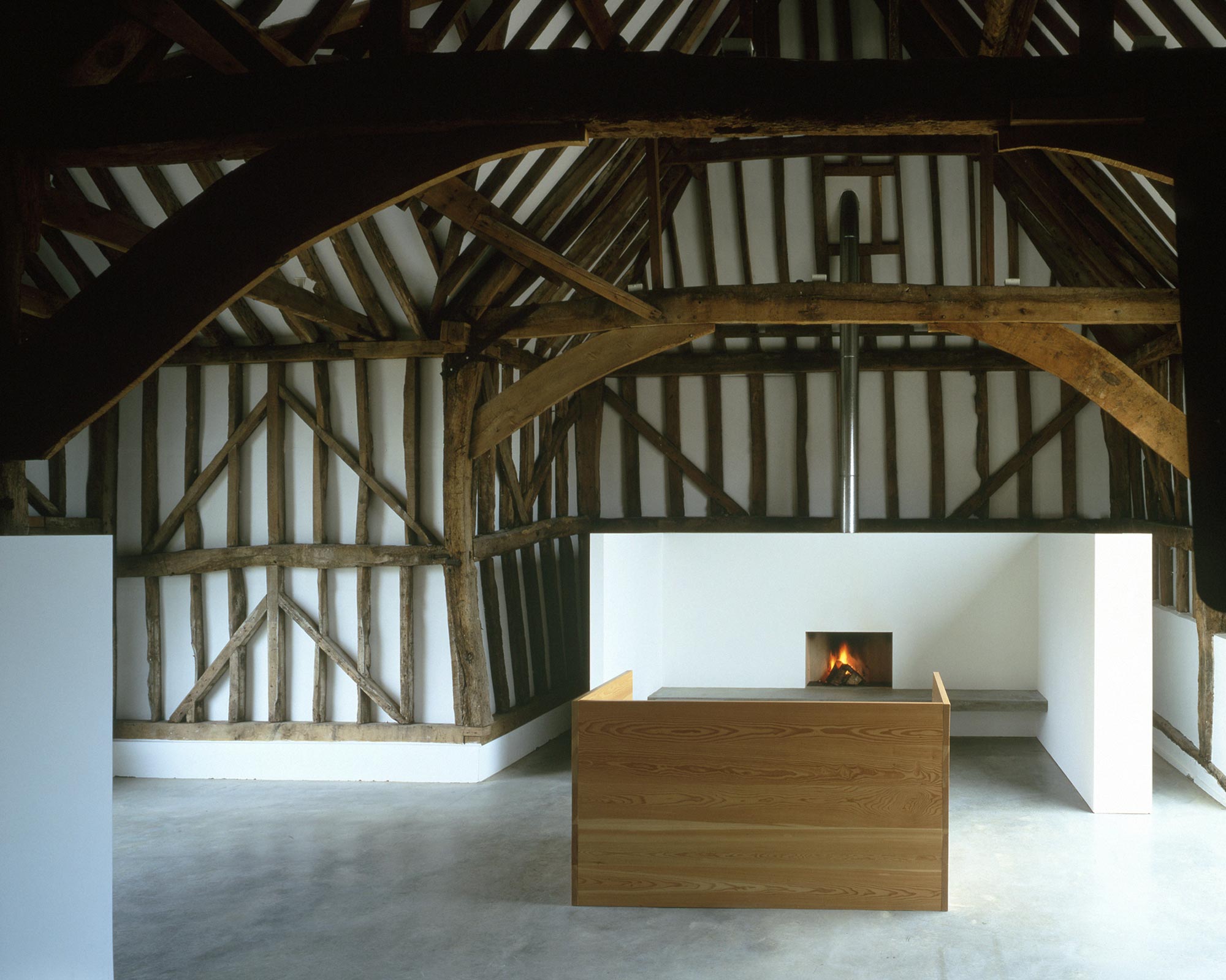
Tilty Barn
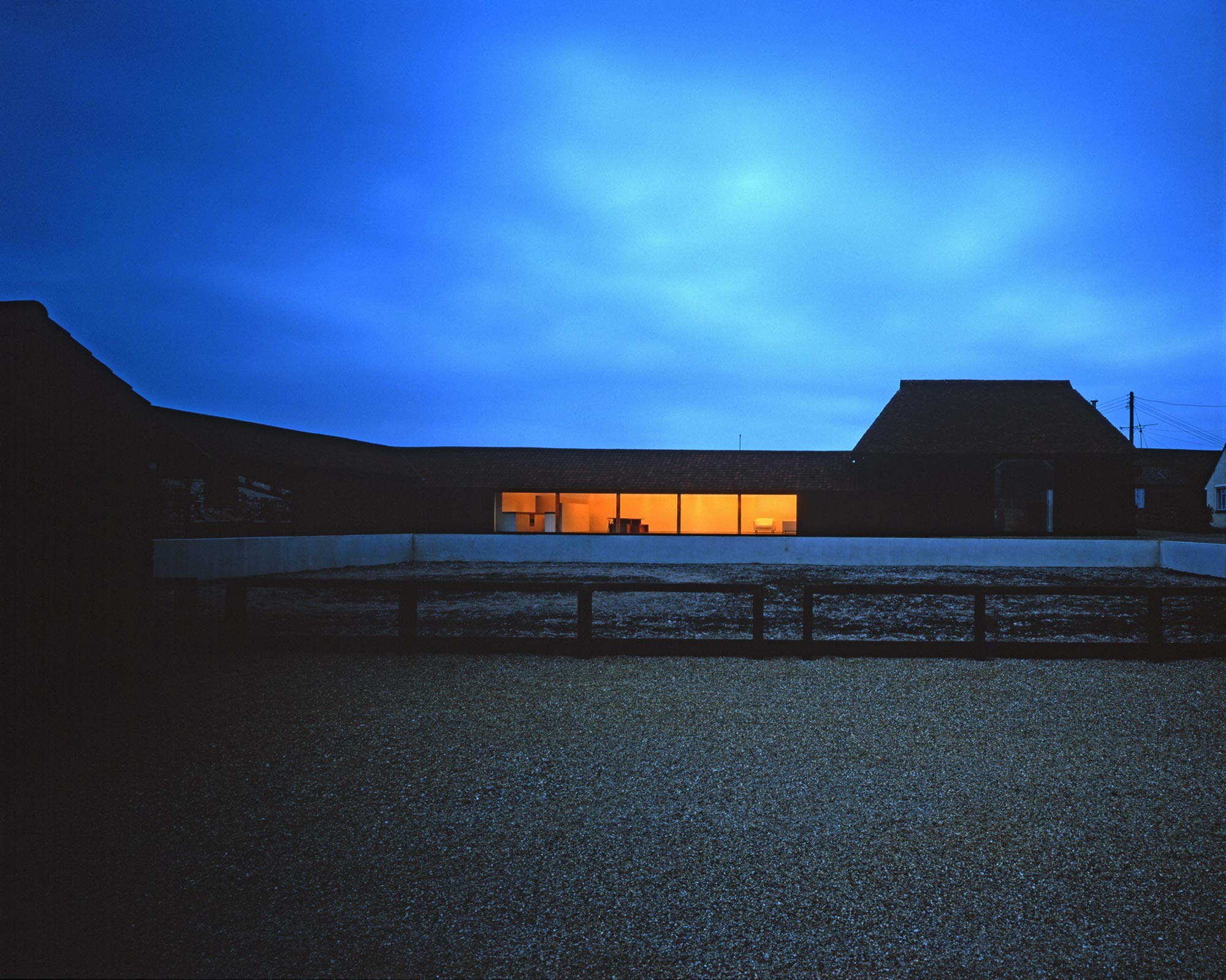
Tilty Barn

What better way to sum up John Pawson’s yielding of white, light and wood to optimal effect than consider his seminal exhibition Plain Space (2010) at the Design Museum in London. It gives a deeper understanding of his thinking and method, using the three to show a wide range of atmospheres achieved through recalibrating. He continues to show us the seemingly infinite potential for creating transcendent spaces that can be achieved by exploring and understanding the most essential elements.